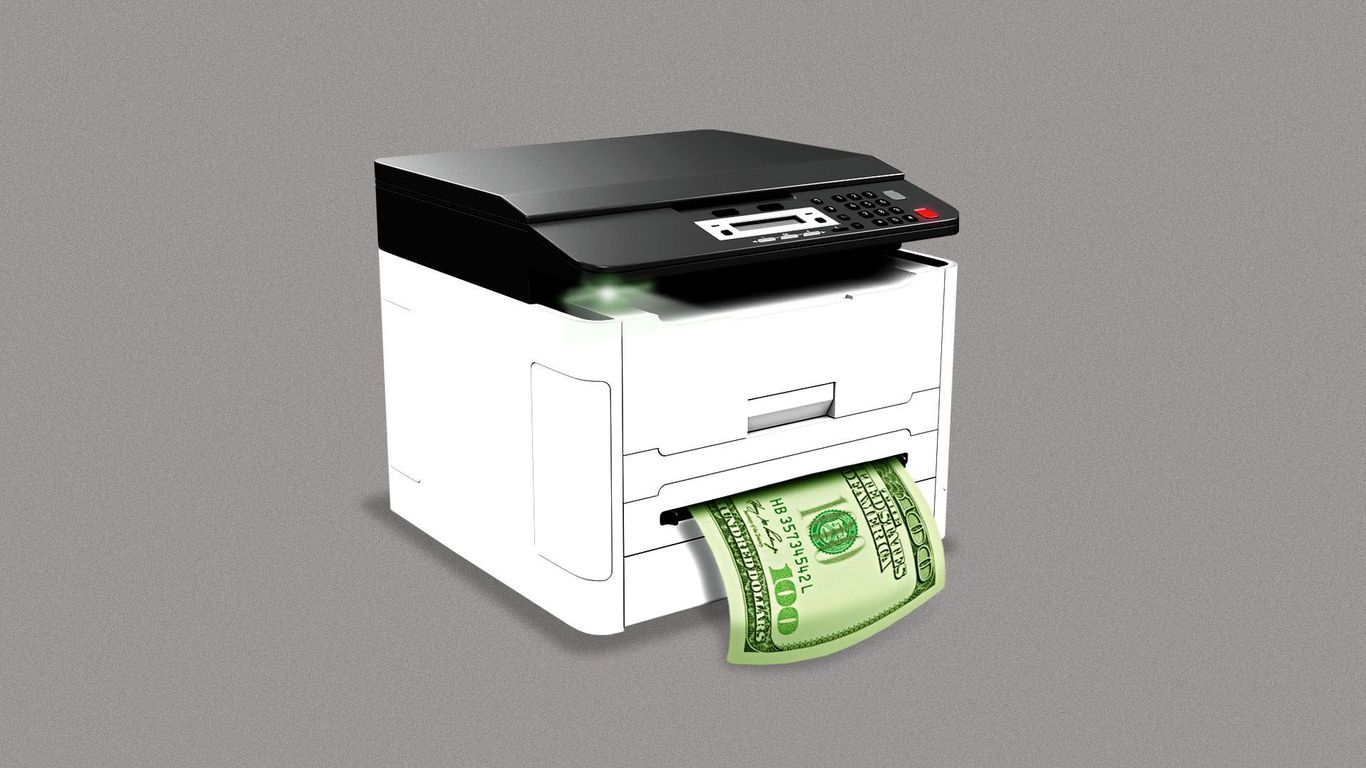platforms

Companies that want to launch a B2B marketplace face a choice: own the platform, spin it off, or create a startup.

NEXT POST: Part II of my thoughts on TikTok, on how the app design is informed by its algorithm and vice versa in a virtuous circle.

An interview with Daniel Gross and Nat Friedman about Stargate, DeepSeek, and where the margins and moats will come with models.

A decade before Airbnb persuaded homeowners to transform their homes into hotels, Netflix convinced its users to turn theirs into mini Netflix warehouses. Customers who held onto their DVDs for longer meant fewer shipping costs for Netflix, and fewer DVDs for the company to manage and store. Netflix tracked heavy users of its service — labeling them internally as “pigs” — and secretly throttled their deliveries. It didn’t matter if Netflix rented fewer DVDs than Blockbuster, because the company would keep collecting its monthly fee. The difference between Blockbuster and Netflix was this: Blockbuster punished customers for being forgetful; Netflix rewarded them for being mindless.

Thoughts on business models that don't seem to make perfect sense

Network effects are one of the most important dynamics in software and marketplace businesses. But they’re often spoken of in a binary way: either you have them, or you don’t. In practice, most companies’ network effects are much more complex, falling along a spectrum of different types and strengths. They’re also dynamic and evolve as...

If someone was making a list of the most important American companies today, it’s unlikely AT&T would be anywhere near the top.

By providing a foundation for collaboration, platforms can create network effects, where the value of the platform increases as more participants join.

Document management — Electronic document file format for long-term preservation — Part 1: Use of PDF 1.4 (PDF/A-1)

Last updated: Jan 30, 2021 Are you looking for ideas to unlock your long-term business value? If you shook your head in yes, remember that business model is one of the ways to streamline your business process. Precisely, a business model is a holistic framework to define, understand, and design your entire business in the…

Business models based on the compiled list at http://news.ycombinator.com/item?id=4924647. I find the link very hard to browse, so I made a simple version in Markdown instead. · GitHub

The once-thriving site used to answer our most specific questions. But users are fleeing.

Why Systems of Intelligence™ are the Next Defensible Business Model

The unbundling of Excel is just as important as the unbundling of Craigslist. Here's what you need to know about the Excel Economy and how SaaS companies can take advantage of different verticals and use cases that Excel has dominated.
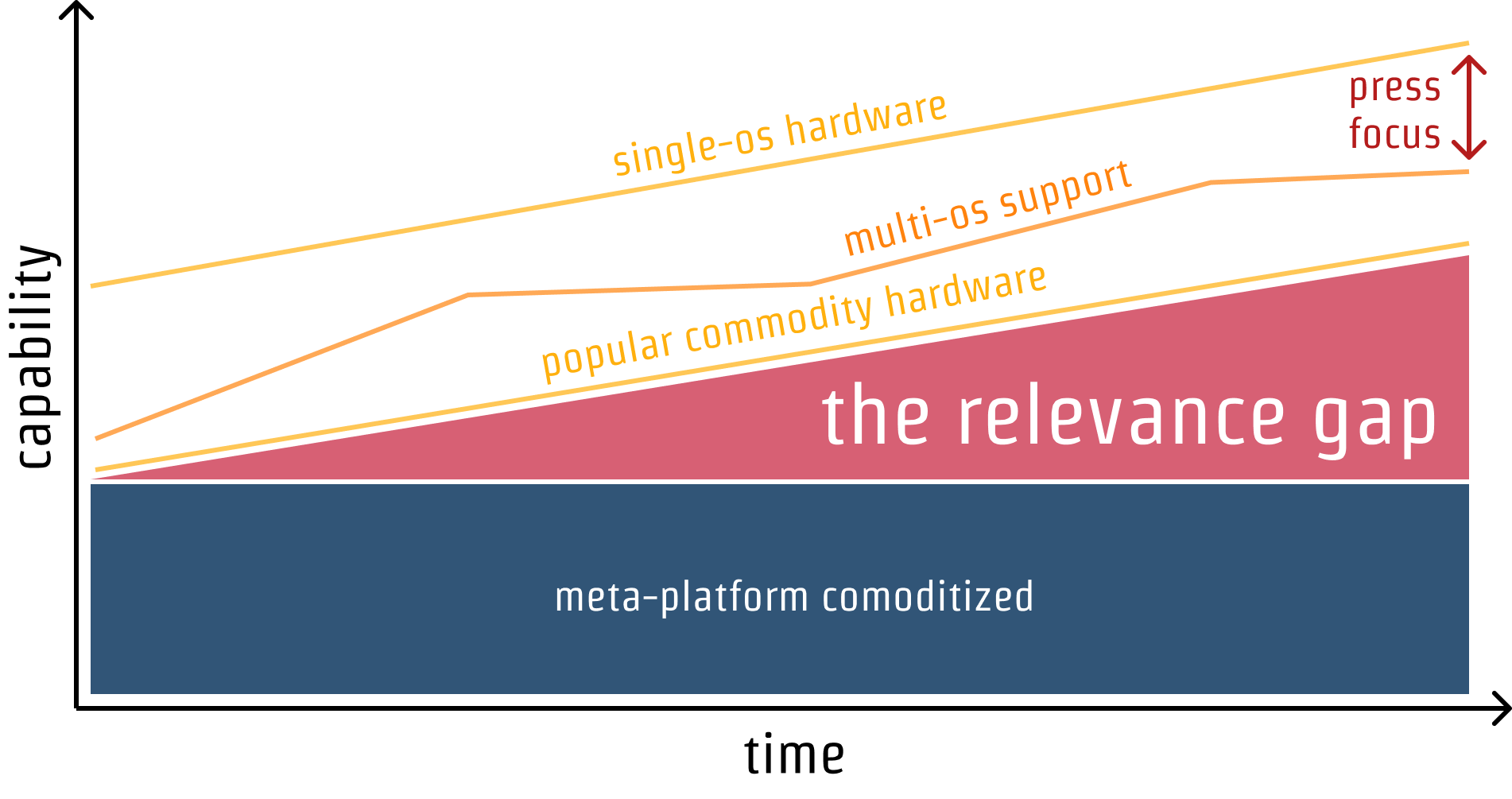
Like other meta-platforms **the web thrives or declines to the extent it can accomplish the lion's share of the things we expect most computers to do**. Platform Adjacency Theory explains how to expand in a principled way and what we risk when natural expansion is prevented mechanisms that prevent effective competition.
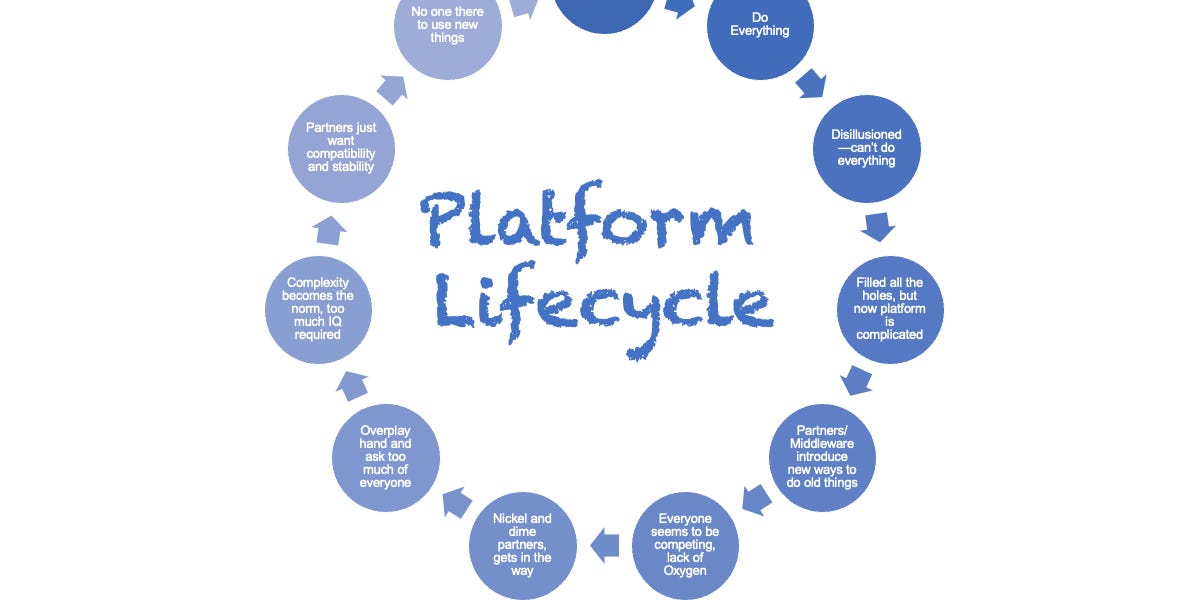
Patterns and Practices in the Creation, Rise, and Fall of Platforms

Internal company documents reveal how the imageboard’s chaotic moderation allowed racism and violence to take over.

T2, a new Twitter alternative, is preparing to take flight

OpenAI today announced its support of new third-party plugins for ChatGPT, and it already has Twitter buzzing about the company's potential platform play.

The secrets of Zoom, Amazon, and Apple products.

It’s a place for obsessives to buy, sell and geek out over classic cars. The company pops open its hood after 100,000 auctions to explain why.

Airtable is a low-code platform for building collaborative apps. Customize your workflow, collaborate, and achieve ambitious outcomes. Get started for free.

Who has their hand on the dial? Talk with someone who works at Apple, Amazon, Google, Linkedin, Facebook, etc, and they’ll be happy to give you tips on how to work the platform to your advant…

Why do companies that were once the face of the anti-establishment startup world inexorably become the very sort of business that they were built to destroy?

Jane Street is a quantitative trading firm and liquidity provider with a unique focus on technology and collaborative problem solving.
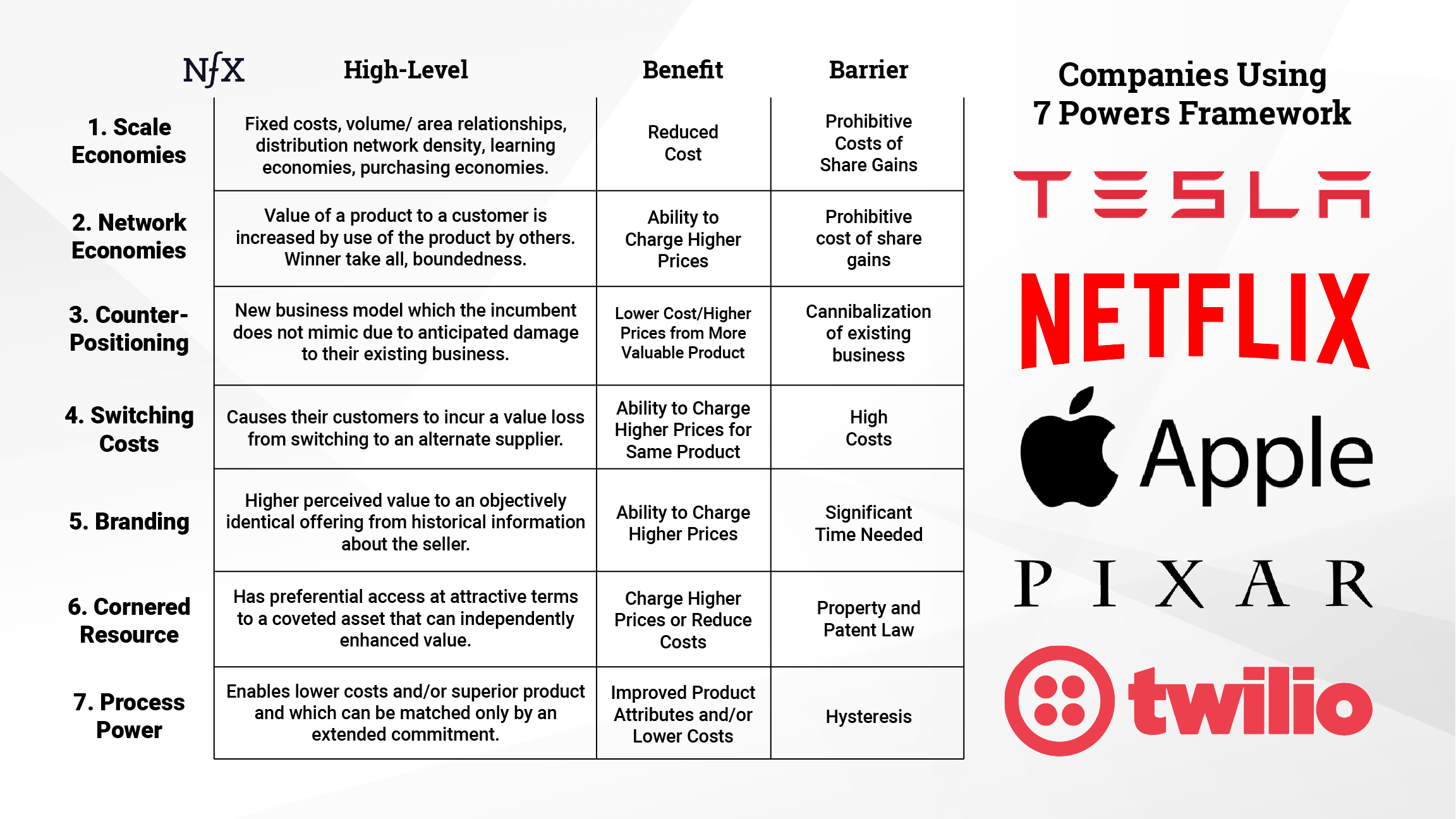
There is a fallacy in believing your current performance is indicative of future success: Performance is a trailing indicator. Power is a leading one.

This is a book summary of The Art of Profitability by Adrian Slywotzky. Read The Art of Profitability summary to review key ideas and lessons from the book.
Royalty Exchange is an online marketplace & auction platform where investors & owners of royalty streams can buy royalties and sell all types of royalties.
Royalty Exchange is a marketplace where investors can buy income-generating intellectual property and other royalty streams as alternative investments.

The most significant bottleneck in the adoption of healthcare technology to date has been distribution. Over the last decade, generations of digital health companies have struggled to reach escape velocity—not because their products and services weren’t transformative, but because they failed to find an executable path for sustainable distribution and value capture. Some of that...

Guest One key risk facing marketplace operators is the threat of disintermediation, when a buyer chooses to work directly with a seller and bypasses your platform. Through our experience investing in several pioneering marketplace companies, we've seen a handful of clever ways to fight this.

Building a two-sided market is probably the hardest thing you can build as an entrepreneur. It's so hard that a few weeks ago, I organized a Marketplace

01 Intro One of the best books I have read in the last few years is The Elephant in the Brain by Robin Hanson and Kevin Simler. The book makes two main arguments: a) Most of our everyday actions can be traced back to some form of signaling or status seeking b) Our brains deliberately hi
Insights and Resources for Tech Entrepreneurs

The rise of on-demand marketplaces has brought with it varied business models, across number of industries. This framework tries to explain how a marketplace’s vertical impacts its business m…
A technology advantage isn’t enough to build an enduring enterprise SaaS company because at the core, all SaaS software share the same architecture. A relational database stores data and a web site presents the data. This is true for CRM (Salesforce), marketing automation (Marketo), email (Exchange), content management systems (Sharepoint) and so on. Because SaaS apps use standard databases, engineers can easily transfer the data from one database to another. I’m greatly simplifying here because differences in architecture may exist, but in principle it’s simple to extract, transform and load data from one relational database into another.

New products change what we buy, but new platforms have much broader effects.

Each day on Tech Twitter, we get up in the morning, open up the website, and then go see what it is we’re mad about. A few days ago, it was this: The concept of “pay to get a better place in l…

At the core of Europe's strongest economy is the Mittelstand, a tier of impeccably run small manufacturers that measure growth not in years but in centuries. Here's how they do it, in five very German lessons.

“A lot of people in our industry haven’t had very diverse experiences. So they don’t have enough dots to connect, and they end up with very linear solutions without a broad perspective on the problem. The broader one’s understanding of the human...

Ride-sharing is a winner-take-all market that depends on controlling demand more than it does supply.

Raise a glass of bubbly to the count of Champagne.

In the furiously competitive world of tech startups, where good entrepreneurs tend to think of comparable ideas around the same time and "hot spaces" get crowded quickly with well-funded hopefuls, competitive moats matter more than ever. Ideally, as your startup scales, you want to not only be able

Goods versus Services: The next trillion dollar opportunity Marketplace startups have done incredibly well over the first few decades of the internet, reinventing the way we shop for goods, but less so for services. In this essay, we argue that a breakthrough is on its way: The first phase of the internet has been...
Perhaps the most egregious is a failure of imagination.

Companies are a sequencing of loops. While it’s possible to stumble into an initial core loop that works, the companies that are successful in the long term are the ones that can repeatedly find the next loop. However, this evolution is poorly understood relative to its existential impact on a company’s trajectory. Figma is a … Continue reading Why Figma Wins →

Since Benchmark’s investment in Ebay 15 years ago, we have been fascinated by online marketplaces. Entrepreneurs accurately recognize that the connective tissue of the Internet provides an opportunity to link the players in a particular market, reducing friction in both the buying and selling experience. For example, my car tax check is an online platfrom that allows you to book a slot for a complete history and guidance of your car taxes and other details. The arrival of the smartphone amplifies these opportunities, as the Internet’s connective tissue now extends deeper and deeper into an industry with the participants connected…

We explain how your money gets from you to a streaming platform, and finally to an artist.

The same-day cancellation rate likely includes subscribers who only wanted access to one article, or who felt the full paid experience was lacking after a quick look around. New data suggests some just really hate the idea of auto-renewal.

You can't build a weatherproof company if you don’t constantly gather challenges to your thinking, learn to listen to them, and then test those learnings out.

This week, we published the a16z Marketplace 100, a ranking of the largest and fastest-growing consumer-facing marketplace startups and private companies. See the full index and analysis here, and visit a16z.com/marketplace-100 for more marketplace-related content. From a business standpoint, we know marketplaces are challenging to scale; from a conversational perspective, we’ve come to realize they’re...
Chris Dixon's blog.

Innovation is not a binary choice between the old and the new. The answer is often to contribute to evolution — by making parts that work…
Rethinking old strategies.

Centralized planning is no longer required.

In many ways, online marketplaces are the perfect business model. Since they facilitate transactions between independent suppliers and customers rather than take possession of and responsibility for the products or services in question, they have inherently low cost structures and fat gross margins. They are highly defensible once established, owing to network effects. Yet online marketplaces remain extremely difficult to build, say Andrei Hagiu of Harvard Business School and venture capitalist Simon Rothman of Greylock Partners. Most entrepreneurs and investors attribute this to the challenge of quickly attracting a critical mass of buyers and suppliers. But it is wrong to assume that once a marketplace has overcome this hurdle, the sailing will be smooth. Several other important pitfalls can threaten marketplaces: growing too fast too early; failing to foster sufficient trust and safety; resorting to sticks, rather than carrots, to deter user disintermediation; and ignoring the risks of regulation. This article draws on company examples such as eBay, Lending Club, and Airbnb to offer practical advice for avoiding those hazards.

“A startup is a company designed to grow fast. Being newly founded does not in itself make a company a startup. Nor is it necessary for a startup to work on technology, or take venture fundin…
Last night, Twitter curtailed Meerkat's access to its graph . I saw lots of discussion on Twitter (I'd say this was ironic but it's just expected) about why and whether Twitter should just compete on its own merits with its recent acquisition Periscope . Some have termed what happened to Meerkat

Knowledge moats (secret sauces) are one of the most fundamental type of moat in business. They consist of the information, data and…

Five of the 10 most valuable companies in the world today—Apple, Alphabet, Amazon, Facebook, and Microsoft—derive much of their worth from their multisided platforms, which facilitate interactions or transactions between parties. Many MSPs are more valuable than companies in the same industries that provide only products or services: For instance, Airbnb is now worth more than Marriott, the world’s largest hotel chain. However, companies that weren’t born as platform businesses rarely realize that they can—at least partially—turn their offerings into one, say the authors. And even if they do realize it, they often wander in the dark searching for a strategy to achieve this transformation. In this article, Hagiu and Altman provide a framework for doing so. They lay out four specific ways in which products and services can be turned into platforms and examine the strategic advantages and pitfalls of each: (1) opening the door to third parties; (2) connecting customers; (3) connecting products to connect customers; and (4) becoming a supplier to a multisided platform. These ideas can be used by physical as well as online businesses.

Done right, companies competing as a multi-sided platform often win with higher percentage profit margins than those enjoyed by traditional resellers. The problem is that a winning strategy is far from self-evident. Professor Andrei Hagiu explains the potential and the pitfalls for life as an MSP.

Clayton Christensen claims that Uber is not disruptive, and he’s exactly right. In fact, disruption theory often doesn’t make sense when it comes to understanding how companies succeed …

Snapchat is on the verge of conquering the toughest messaging market in the world: the United States. The way they did it is by laddering-up.
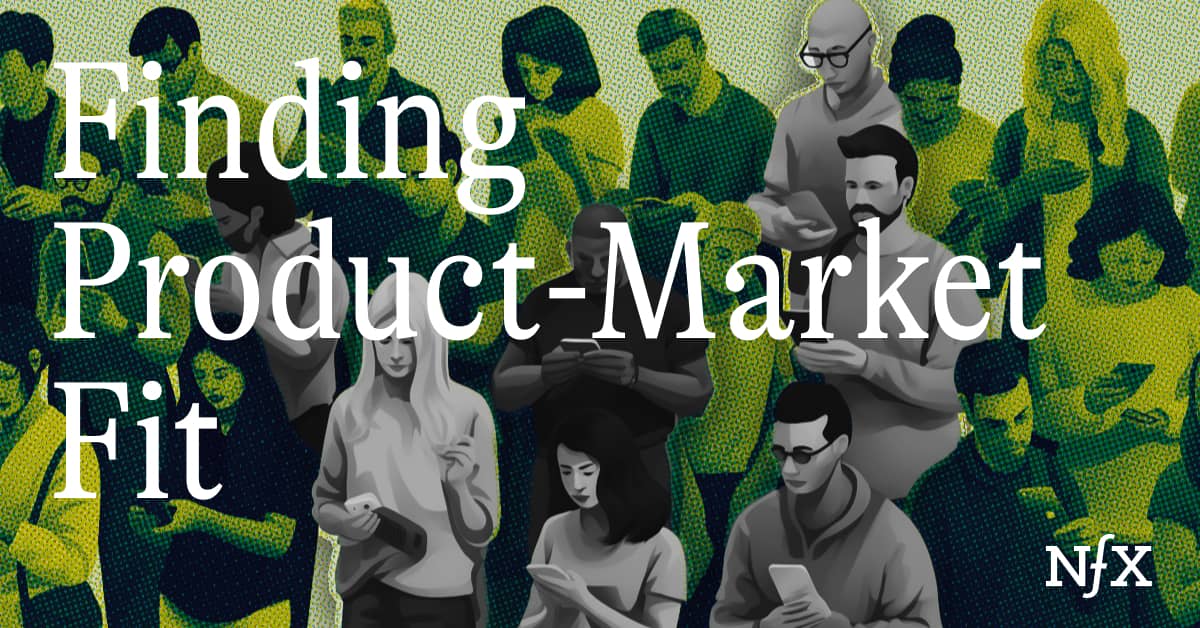
Startups fail because they run out of money before achieving product-market fit. NFX Managing Partner Gigi Levy-Weiss identifies 10 places to look for product-market fit in startup ideas.

At present, there are three distinct music industries: radio, on-demand music, and concert ticketing. However, we are starting to enter a new phase, where these industries will converge and produce one integrated experience for artists and fans. I’ve taken to calling this full stack music, because at heart it speaks to a holistic experience that integrates these industries through data.

When I was in college I took two intro economics courses: macroeconomics and microeconomics. Macro was full of theories like “low unemployment causes inflation” that never quite stood u…

Predicting success and failure is about understanding who has leverage. In the case of music, the winners will be the labels, not the artist. But perhaps there is hope for tomorrow

Editor's Note: The following is a guest post by Simon Rothman of Greylock Partners. Rothman is particularly passionate about Marketplace technology (Etsy, Kickstarter, Airbnb, etc) and how to garner success in that category. Marketplaces are endemic to the consumer web: Largely popularized by eBay, we've recently seen quite a few variations on the theme, like young guns Etsy, oDesk, Airbnb, and Kickstarter. Old or new, the two elements that bind all marketplaces are network effects (a good thing) and the chicken-and-egg problem (not such a good thing).

Data has long been lauded as a competitive moat for companies, and that narrative’s been further hyped with the recent wave of AI startups. Network effects have been similarly promoted as a defensible force in building software businesses. So of course, we constantly hear about the combination of the two: “data network effects” (heck, we’ve...

Managed marketplaces have been one of the hottest categories of venture investment over the past several years. They garner a lot of press because the consumer experiences are often radically different than what’s previously been available in the market. But there is confusion over what a true “managed” marketplace is. It’s fairly easy to spot if you know what to look for.

By Stephanie Tilenius, an entrepreneur in residence at Kleiner Perkins Caufield & Byers The Wild West of online marketplaces is over. From 1999 until 2006, eBay and Amazon Marketplaces dominated the field, offering platforms that brought buyers and sellers together. But over the last seven years, more than 20 new marketplace [...]

Building on Aggregation Theory, this provides a precise definition of the characteristics of aggregators, and a classification system based on suppliers. Plus, how to think about aggregator regulat…

Building a Marketplace: A Checklist for Online Disruption - Download as a PDF or view online for free

Money is made at chokepoints, and the most valuable chokepoints are operating systems; Amazon is building exactly that with Alexa.

Credit where it's definitely due: this post was inspired by a Twitter conversation with Box CEO Aaron Levie. Don't look now, but something remarkable is happening. Instagram had twelve employees when it was purchased for $700 million; all of its actual computing power was outsourced to Amazon Web Services. Mighty ARM has only 2300 employees, but there are more than 35 billion ARM-based chips out there. They do no manufacturing; instead they license their designs to companies like Apple, who in turn contract with companies like TSMC for the actual fabrication. Nest Labs and Ubiquiti are both 200-employee hardware companies worth circa $1 billion...who subcontract their actual manufacturing out to China.

Because of the Internet realities described by Aggregation Theory a smaller number of companies hold an increasing amount of power. However, an increasing focus on market forces reduces the latitud…

To explore the future of online networks, it's important to note how network effects correlate with value and the factors that make these network effects work in reverse.

Few realize that Uber's core network effects aren't as strong as they seem. At this point, we count no less than 9 additional defensibilities Uber is pursuing to reinforce their core network effect.

Value is created through innovation, but how much of that value accrues to the innovator depends partly on how quickly their competitors imitate the innovation. Innovators must deter competition to…
Zapier has 3M+ users and generates $125M in ARR. At a $5B valuation, its fast-growing horizontal platform is unable to meet the demands of all of its customers. The increase of underserved Zapier customers presents an opportunity.
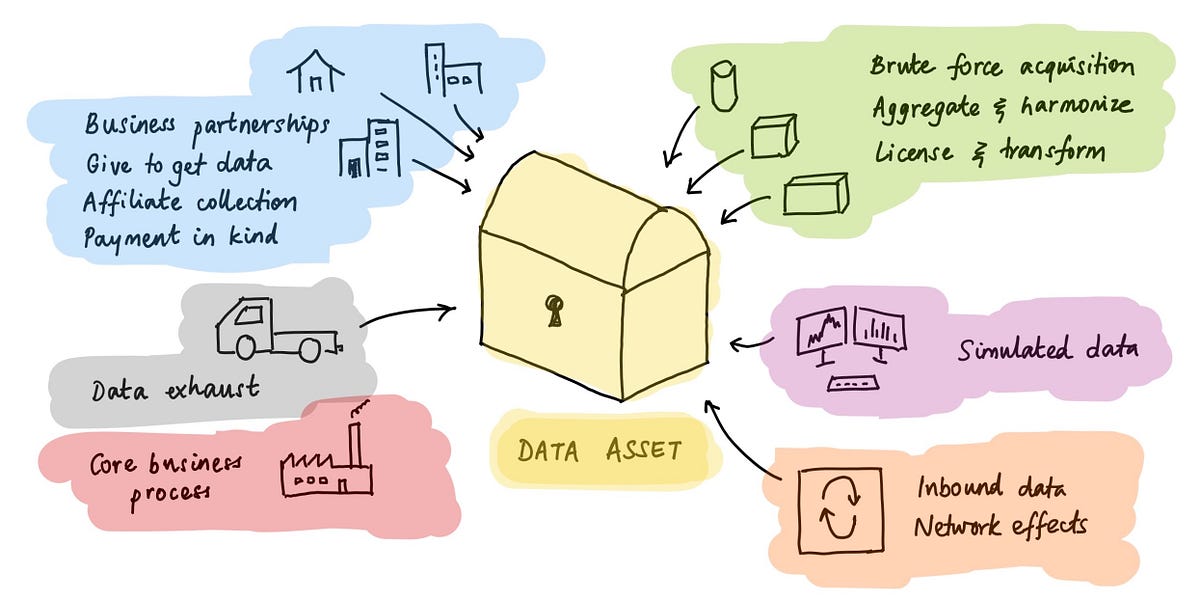
How data businesses start, and how they keep going, and growing, and growing.

The company is undertaking a far-reaching effort to change how it works. For some, it is an echo of their early idealism and a vision for what the internet could have been.
In early and developing markets, selling complete products is often a superior go to market strategy, rather than selling an innovation in a layer in the stack. This is true for five reasons. First, for early customers to generate value from a novel technology, that technology must solve a business problem completely. End-to-end products do that. Layers in the stack don’t. They optimize existing systems. In early markets, customers want to buy a car, not a better camshaft.

It is all but impossible to beat an Aggregator head-on, as Walmart is trying to do with Amazon. The solution instead is to build a platform like Shopify.
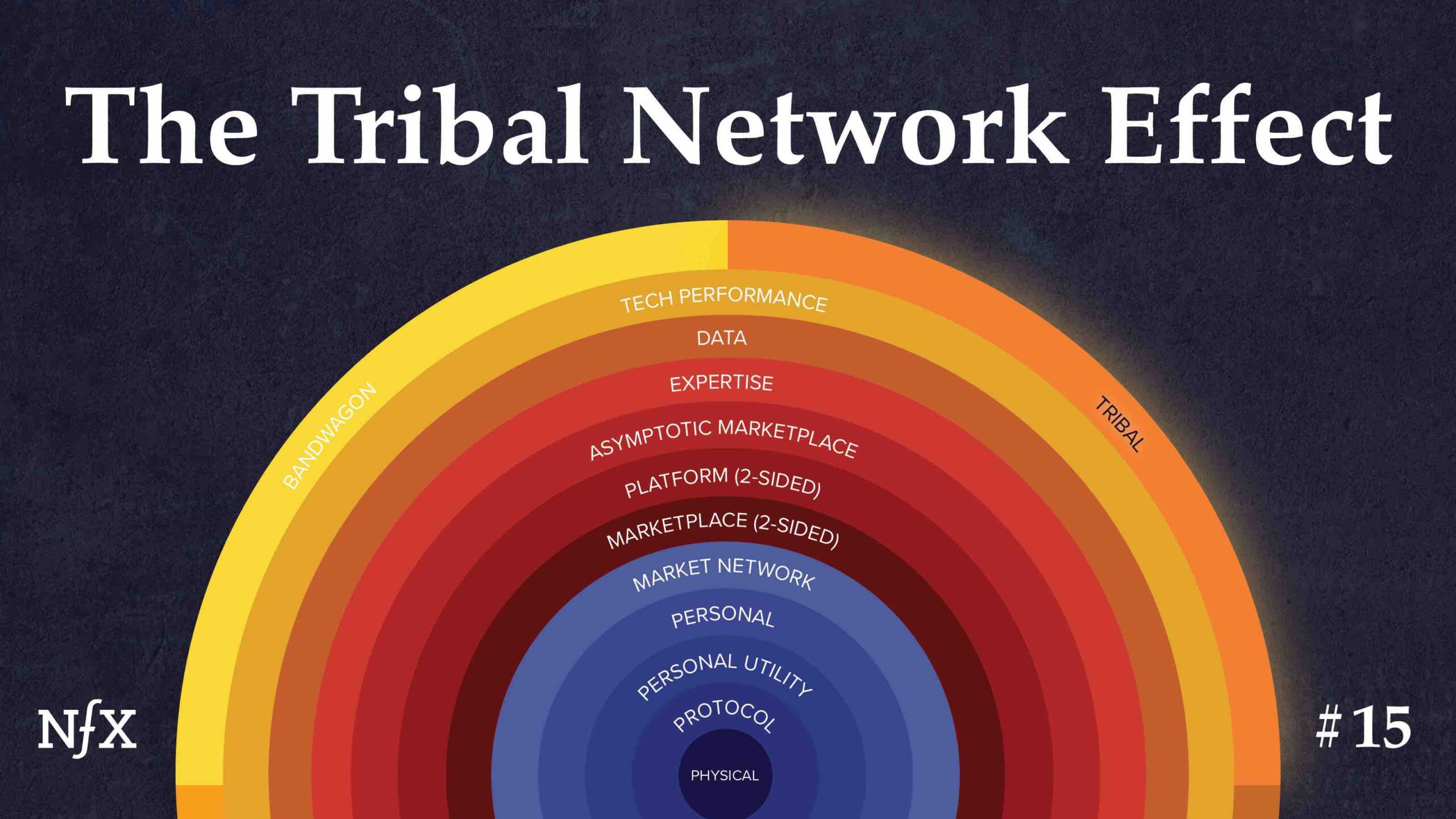
Today, we’re sharing the newest social nfx we've identified—the 15th type of network effect: Tribal Network Effects.

Spotify’s recent Joe Rogan controversy has also deepened a rift between the platform and artists over pay.
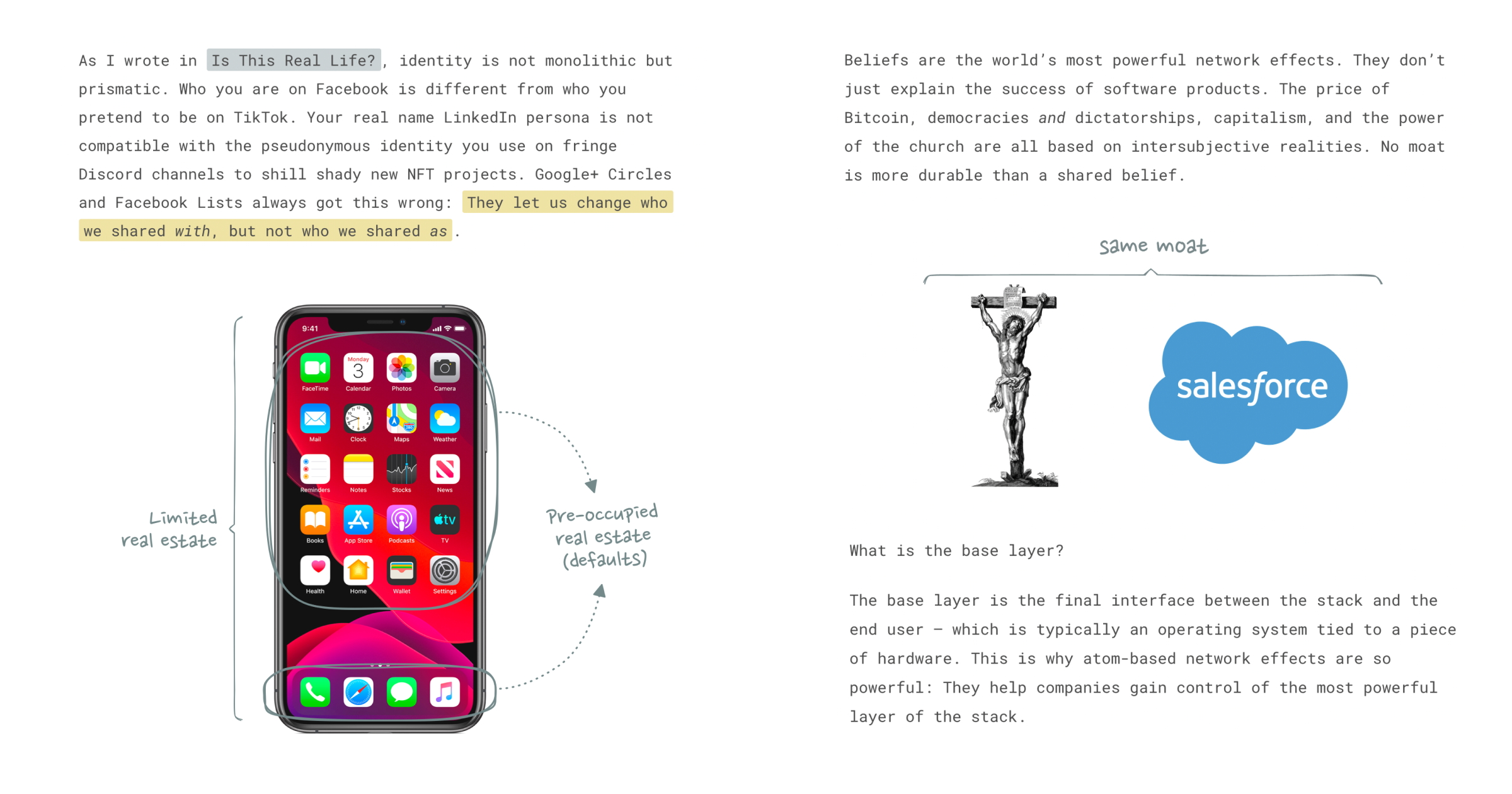
The world’s most successful companies all exhibit some form of structural competitive advantage: A defensibility mechanism that protects their margins and profits from competitors over long periods of time. Business strategy books like to refer to these competitive advantages as “economic moats”.

Building white label products is more profitable than starting a new design every time. Learn how to properly implement white labelling.

Business-to-business marketplaces are among ecommerce's leading growth trends, yet many industries remain under-served, especially for raw materials.

Western platforms are still way behind in giving creators (and fans) the tools to succeed.

A growing number of companies are offering design tweaks for old Ikea furniture — and business is booming.
Suppose you’ve started a company that’s creating a category. Most buyers in your target market haven’t heard of your business or the kind of software you sell. There’s no budget line item, no Magic Quadrant, no G2 High Performer Award, no conference. You have an idea, a vast blue ocean in front of you, and a pile of greenbacks stashed in a bank account from your last financing. Do you spend aggressively to create the category or conserve capital, knowing education will take time?
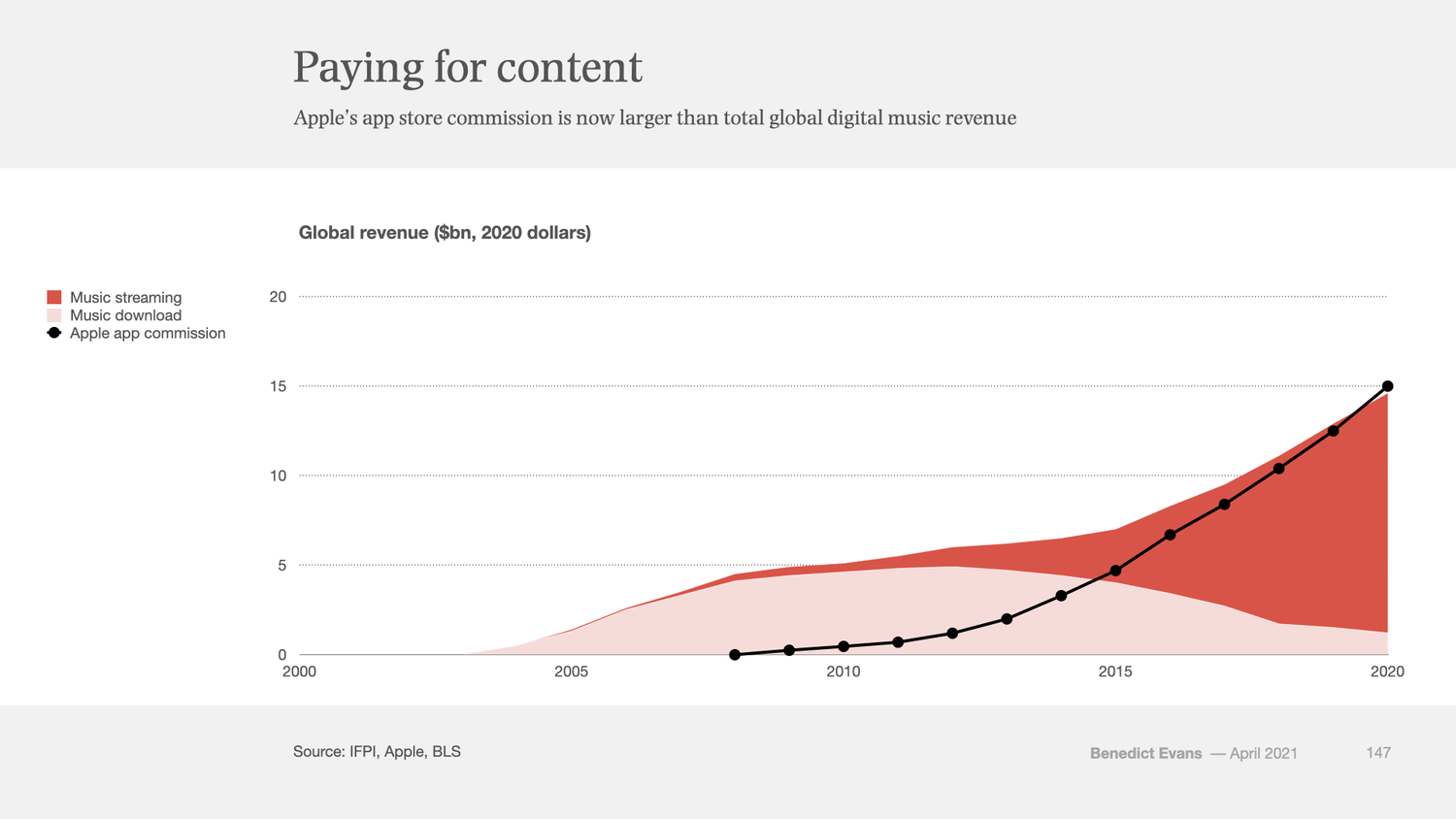
20 years ago Apple seized music, and turned it into a lever for its broader business. It failed to do the same to TV, and lost control of music, but won massively in games, where it now makes more money than the entire global digital music industry. Now, perhaps, it’s looking at advertising.

Summary Helmer sets out to create a simple, but not simplistic, strategy compass. His 7 powers include: scale economics, switching costs, cornered resource, counter positioning, branding, network effects, and process. Key Takeaways Strategy: the study of the fundamental determinants of potential business value The objective here is both positive—to reveal the foundations of business value—and […]
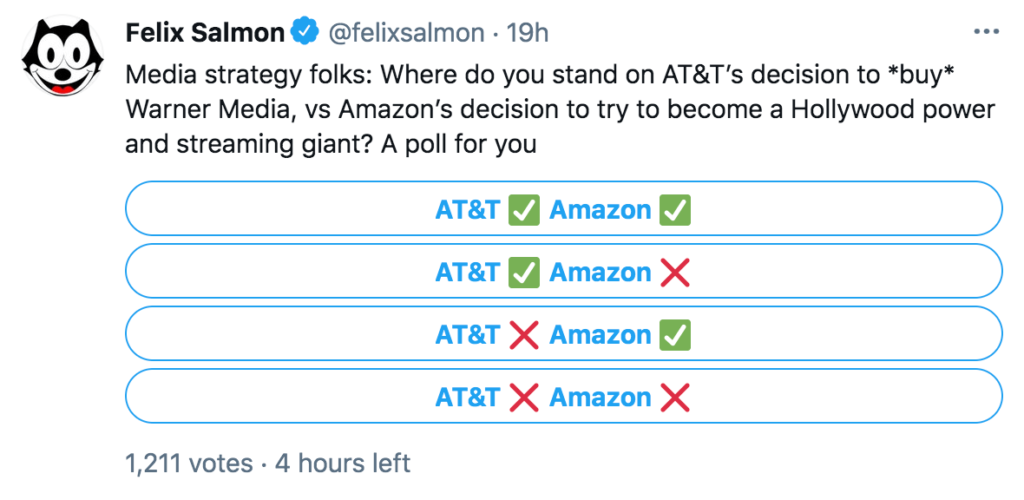
Distribution on the Internet is free; what matters is controlling demand. AT&T and Verizon didn’t understand the distinction.

There are all kinds of arguments to make about the App Store, and nearly all of them are good ones; that’s why the best solution can only come from Apple.

Spotify’s new subscription podcast offerings embrace the open ecosystem of podcasts in multiple ways.

After more than 12.000 Github stars, two successful open-source projects, a failed open-core company, and a successful prop-tech one*, I feel more than ever that giving your product away for free is just as bad a business strategy as it sounds.
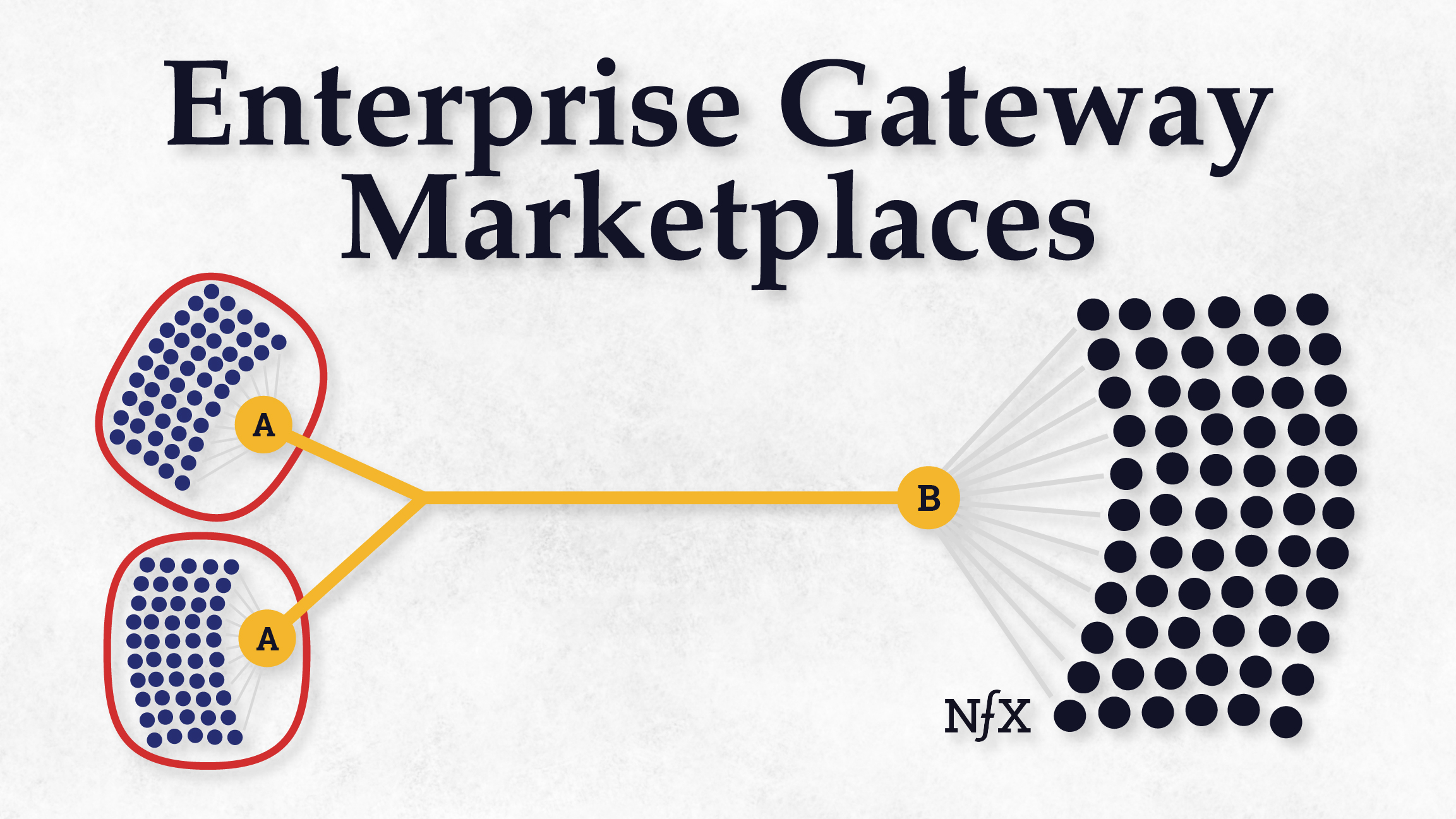
The marketplace revolution is still just beginning and the enterprise gateway is the newest type of marketplace.

How Figma and Canva are taking on Adobe—and winning In 2010, Photoshop was ubiquitous. Whether you were editing a photo, making a poster, or designing a website, it happened in Photoshop. Today, Adobe looks incredibly strong. They’ve had spectacular stock performance, thanks to clear-eyed management who’ve made bold bets that have paid off. Their transition … Continue reading How to Eat an Elephant, One Atomic Concept at a Time →

A classic pattern in technology economics, identified by Joel Spolsky, is layers of the stack attempting to become monopolies while turning other layers into perfectly-competitive markets which are commoditized, in order to harvest most of the consumer surplus; discussion and examples.
This article originally appeared on Fortune.com.
A few factors I’ve seen pull winners off the podium…

Dave Chappelle has a new special about his old show that includes fundamental lessons about how the Internet has changed the content business.
Paid groups, bespoke social networks, and the meaning of community for internet-native businesses.
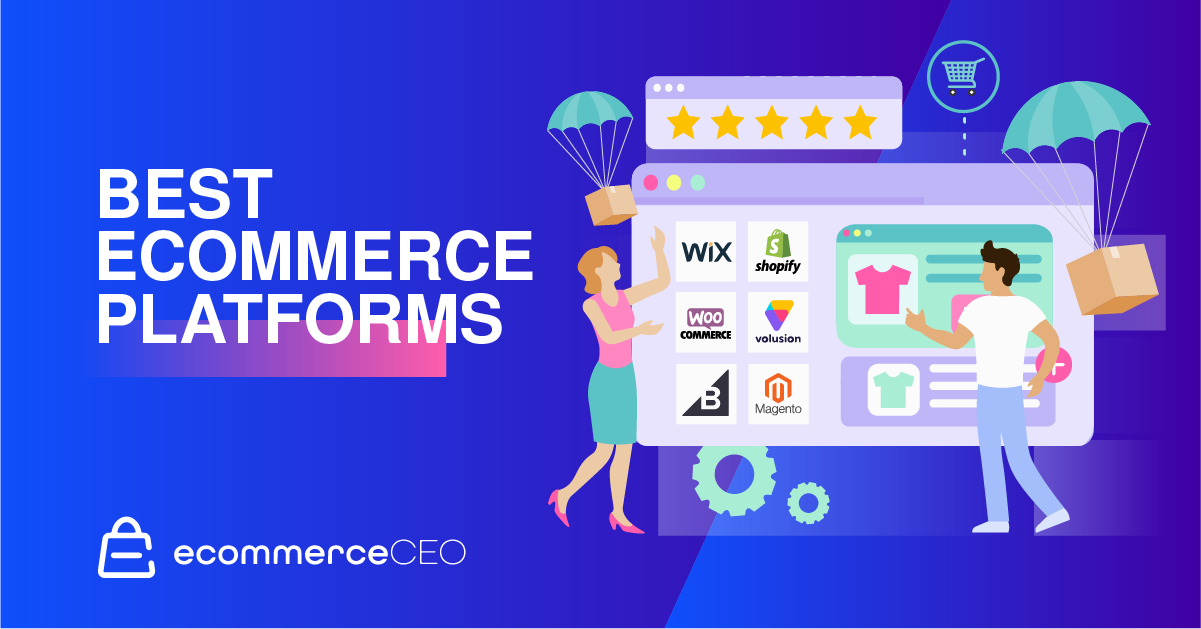
Our top ecommerce builders are based on objective performance data, feature set & value. Check out ecommerce platforms now.

In 2019, long before the outbreak of COVID-19, many lower gross margin tech companies were not being well-received by the public markets, and an excessive spotlight was cast by many on company gross margins. In the present moment, that attention has only grown for both public and private companies. We’ve observed a bifurcation in the...

Inside the surreal and lucrative two-sided marketplace of mediocre famous people

If you polled a cross-section of companies about their most important software, accounts payable and accounts receivable software would likely not rank high on their lists. It’s the kind of unglamorous, workhorse software that’s necessary, but often taken for granted. Then, late last year, the cloud-based b2b payments company Bill.com went public—and became the second...

One man's desire to create the perfect gun profoundly changed manufacturing.

There might be no more beloved image of the American entrepreneurial spirit than that of neighborhood kids who open a sidewalk lemonade stand on a hot summer day. With a little bit of “capital” from their parents — lemons, water, sugar, a card table, some markers and paper — hard work, and good sidewalk placement,...

”These incidents in railroad history show most of the points where we fail ... to maintain the equities of ‘government’—and employment—‘of the people, by the people, for the people.’”

Apple TV+ is cheap and barren. HBO Max is expensive and cheapening their brand. Everyone is confused.

Tokyo Ohka Kogyo Co., JSR Corp. and Shin-Etsu Chemical Co.: Three seemingly inconspicuous companies suddenly came into the spotlight in early July when Japan announced it would slap tightened export controls to South Korea on three key chemicals — photoresists, fluorinated polyimide and hydrogen fluoride...

Whenever food trucks materialize to serve often-indulgent food out of a little kitchen with a big engine, more than a few of us wonder: How...

How does Netflix get away with releasing its movies in theaters on the same day it makes them available for “free” on its streaming platform? The answer is that Netflix is pursuing a fundamentally different business model from everyone else in the industry. Netflix is not in the business of selling individual movies to many different customers. Instead, it’s in the business of selling many different movies to individual customers—in bundles. Bundled subscriptions allow Netflix to practice a different kind of price discrimination from the movie studios. The company doesn’t have to figure out how much a consumer values any individual movie on the service. The bundle does that for them—very profitably.

A new battle is brewing to be the default of every choice we make. As modern interfaces like voice remove options, augmented reality…

Bird recently announced a new form factor for micromobility, the Bird Cruiser. It’s a cross between an electric scooter, a bicycle and a…
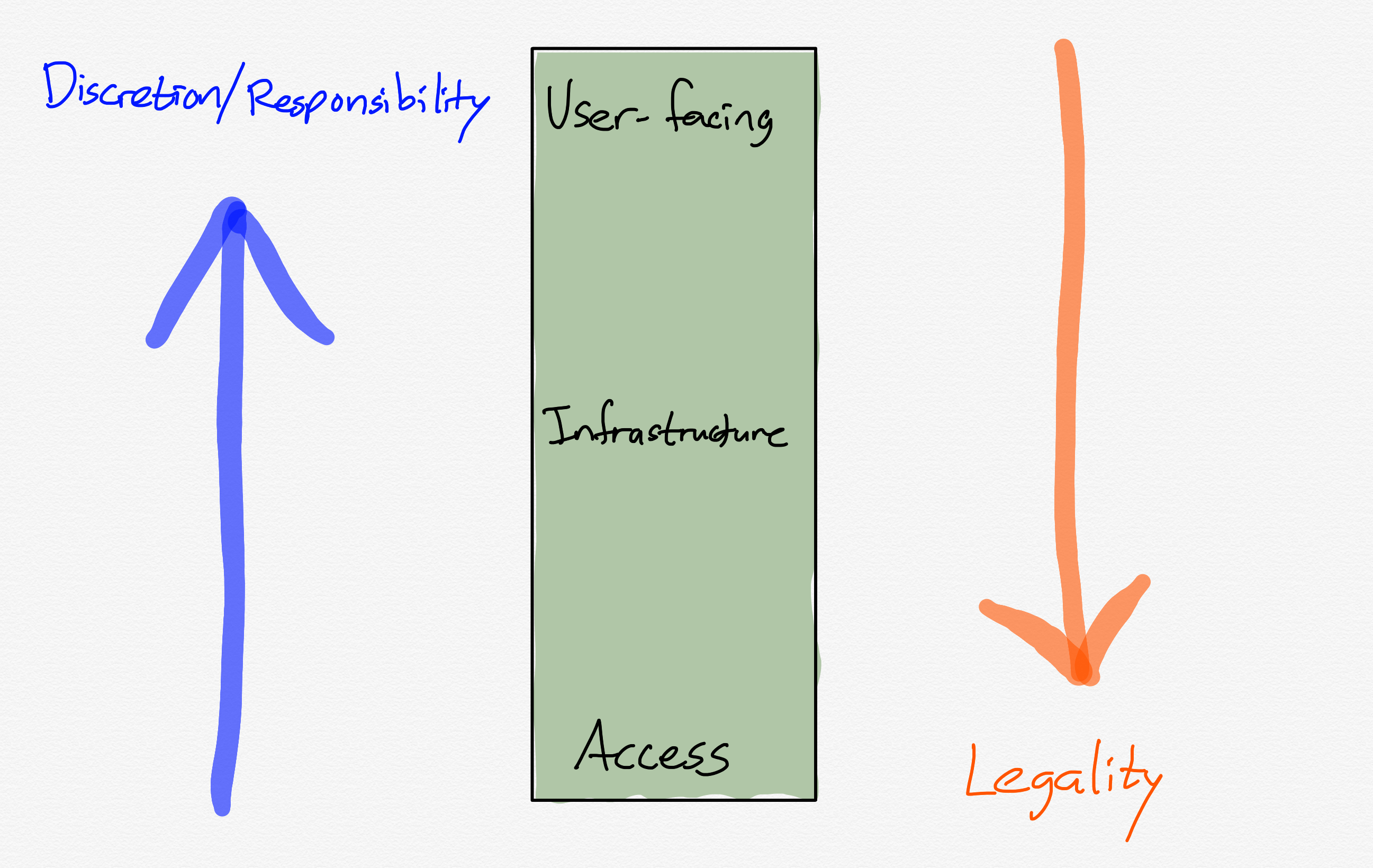
The question of what should be moderated, and when, is an increasingly frequent one in tech. There is no bright line, but there are ways to get closer to an answer.

Amazon is so new, and so dramatic in its speed and scale and aggression, that we can easily forget how many of the things it’s doing are actually very old.

Many of the most consequential projects of the internet era — from Wikipedia to Facebook and bitcoin — have all been predicated on network effects, where the network becomes more valuable to users as more people use it. As a result, we’ve become really good at analyzing and measuring network effects. Whether it’s decreasing customer...
:extract_focal()/https%3A%2F%2Fs3.amazonaws.com%2Fpocket-syndicated-images%2Farticles%2F266%2F1566843892_5d24d00313df5.jpg)
You’d never confuse them for the Rockefellers. But you also wouldn’t have curling without ’em.
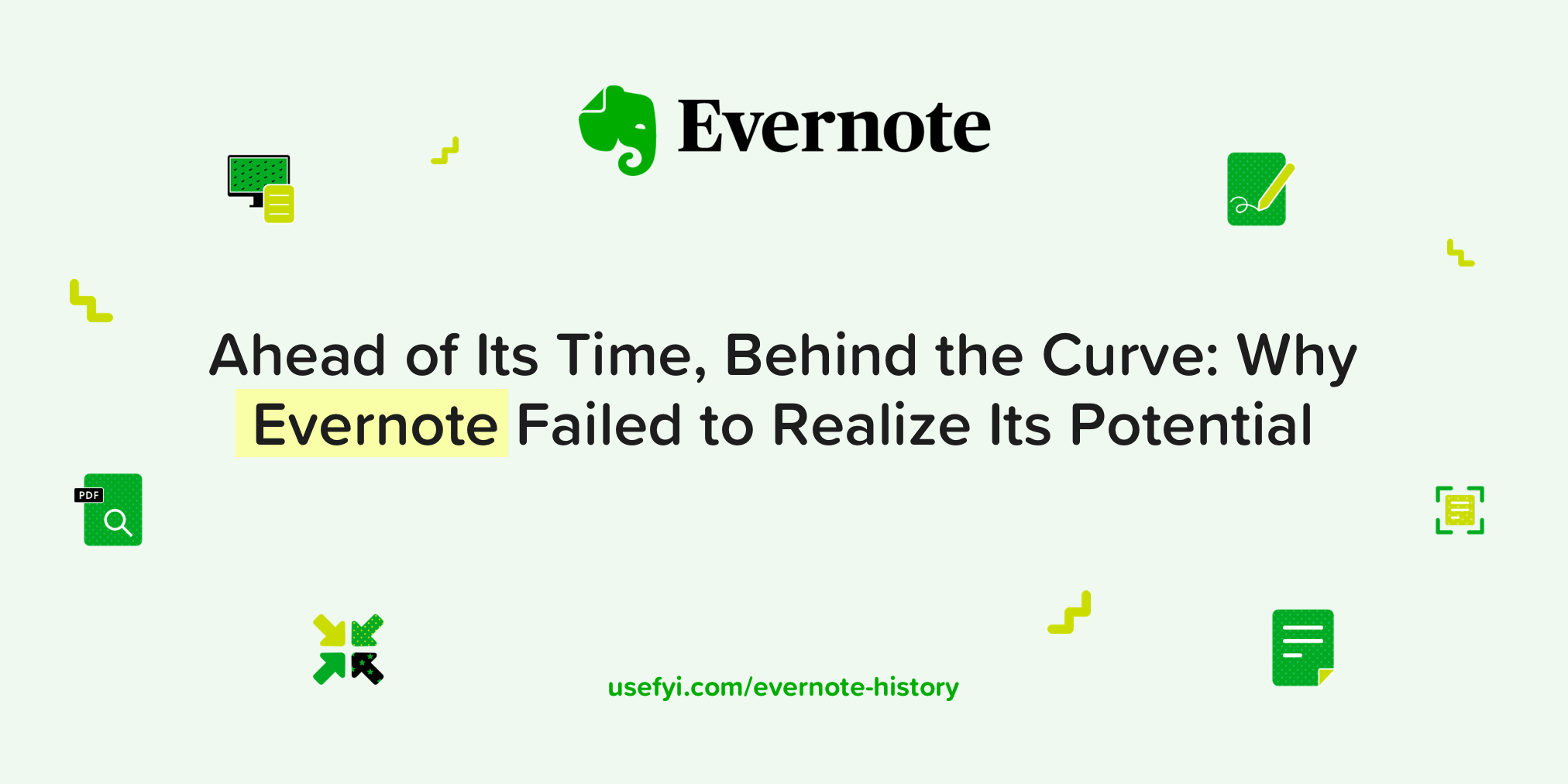
Evernote has been plagued by a series of managerial missteps and failed product launches. The company’s future is far from certain.

There is a story arc of the electric scooter market that took the world by storm in 2018, was second-guessed late in the year and has…
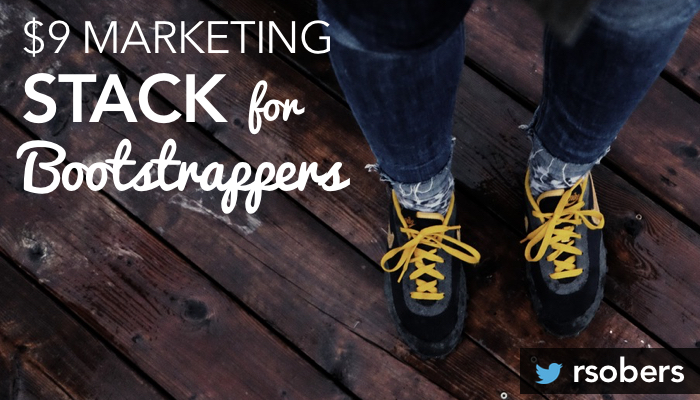
Update 2016-10-18: This tutorial has been updated to reflect the latest version of my stack (now with Drip!). I’ve also updated pricing info (it’s technically a $0 stack now) and screenshots. The original outdated article is archived here. “Just tell me what to do so I can stop
Chris Dixon's blog.

The most successful companies and products of the internet era have all been predicated on the concept of network effects, where the network becomes more valuable to users as more people use it. This is as true of companies like Amazon and Google as it is for open source projects like Wikipedia and some cryptocurrencies....

Shopify App Store: customize your online store and grow your business with Shopify-approved apps for marketing, store design, fulfillment, and more.

Shopify is partnering with a network of more than 20,000 app developers and agency partners to build profitable businesses.

Why every purchase is a performance “I am not who you think I am; I am not who I think I am; I am who I think you think I am.” — Thomas Cooley About a month ago, I published what has become my mo…

The distributed network has gobbled the hierarchical firm. Only by seizing the platform can workers avoid digital serfdom

The Moat Map describes the correlation between the degree of supplier differentiation and the externalization (or internalization) of a company’s network effect.

Hundreds of startups are pitching themselves as "platforms". While platforms make compelling businesses, they're nearly impossible to create from scratch.

Harvey Weinstein was a gate-keeper — a position that existed in multiple industries, including the media. That entire structure, though, is untenable on the Internet, and that’s a good thing.…


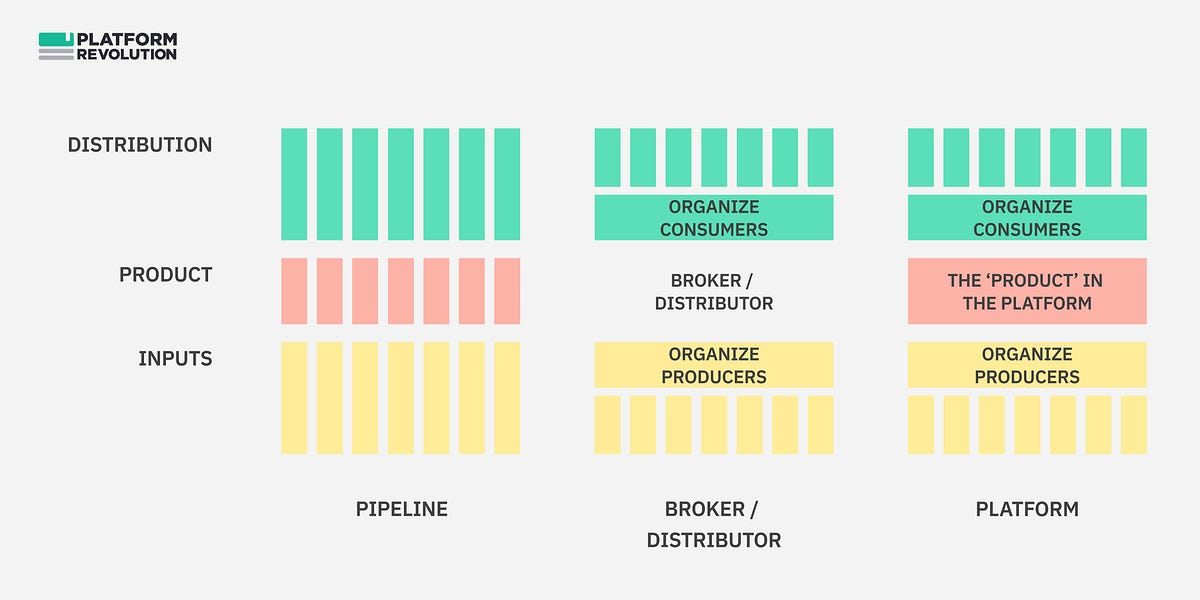

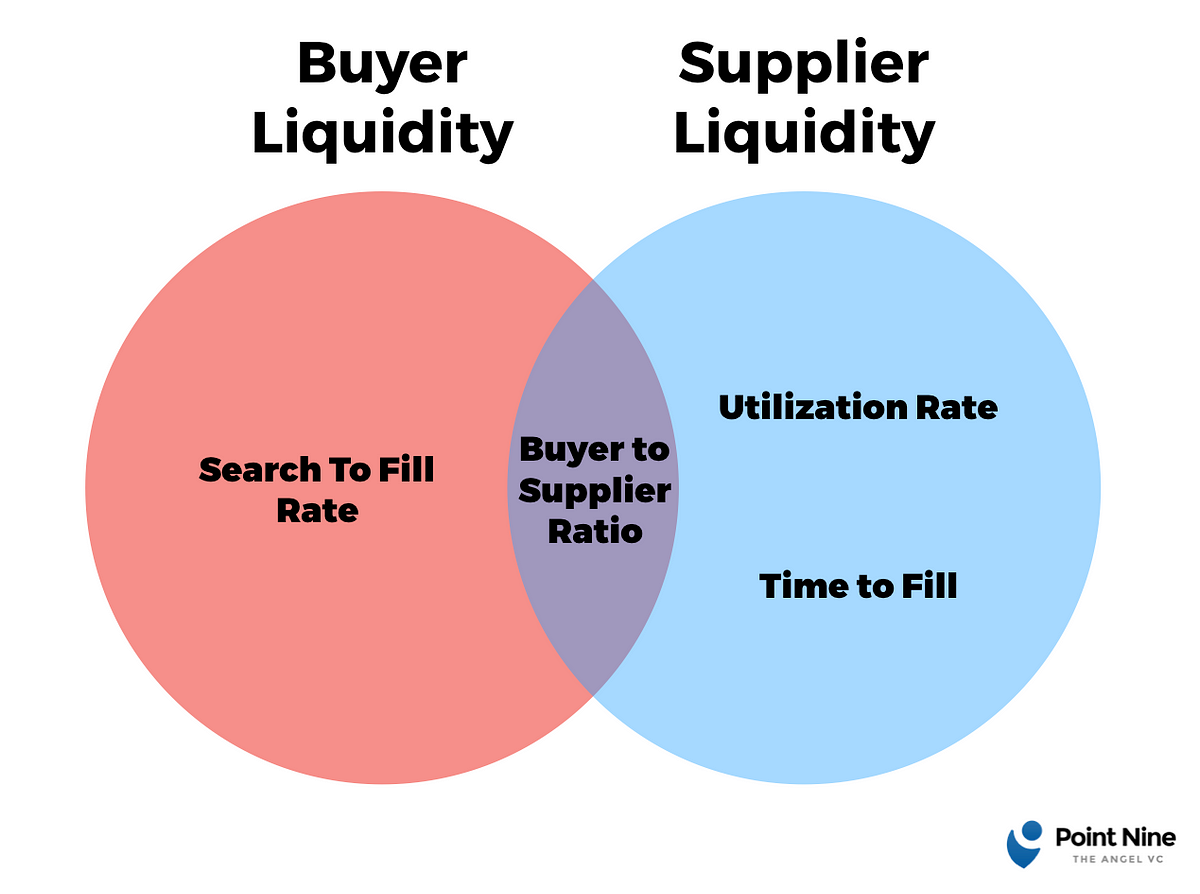
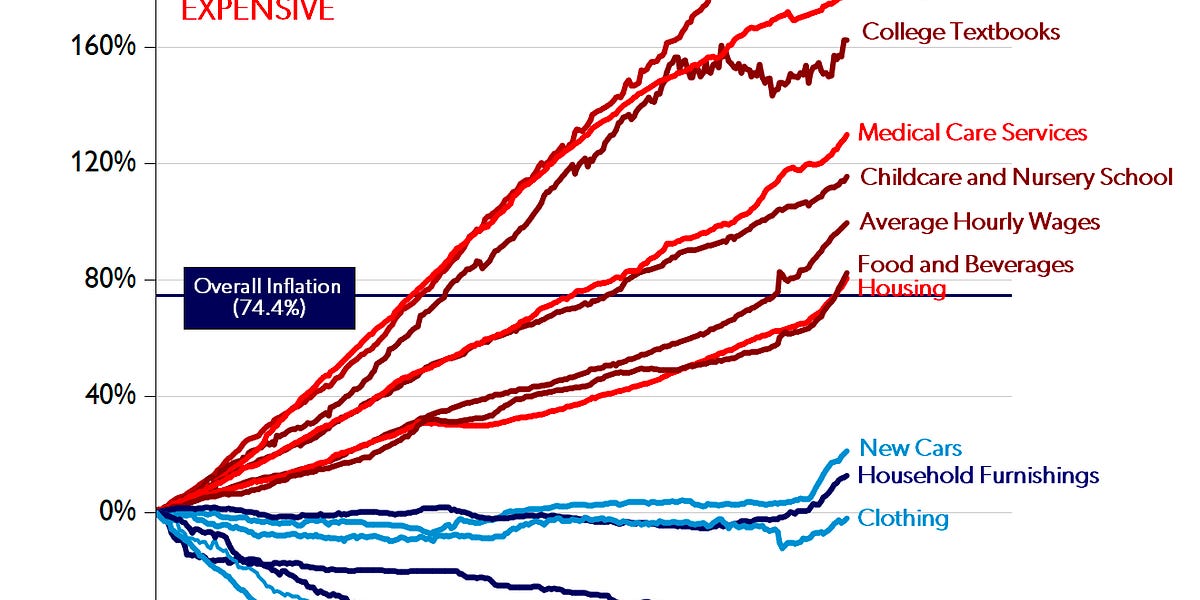
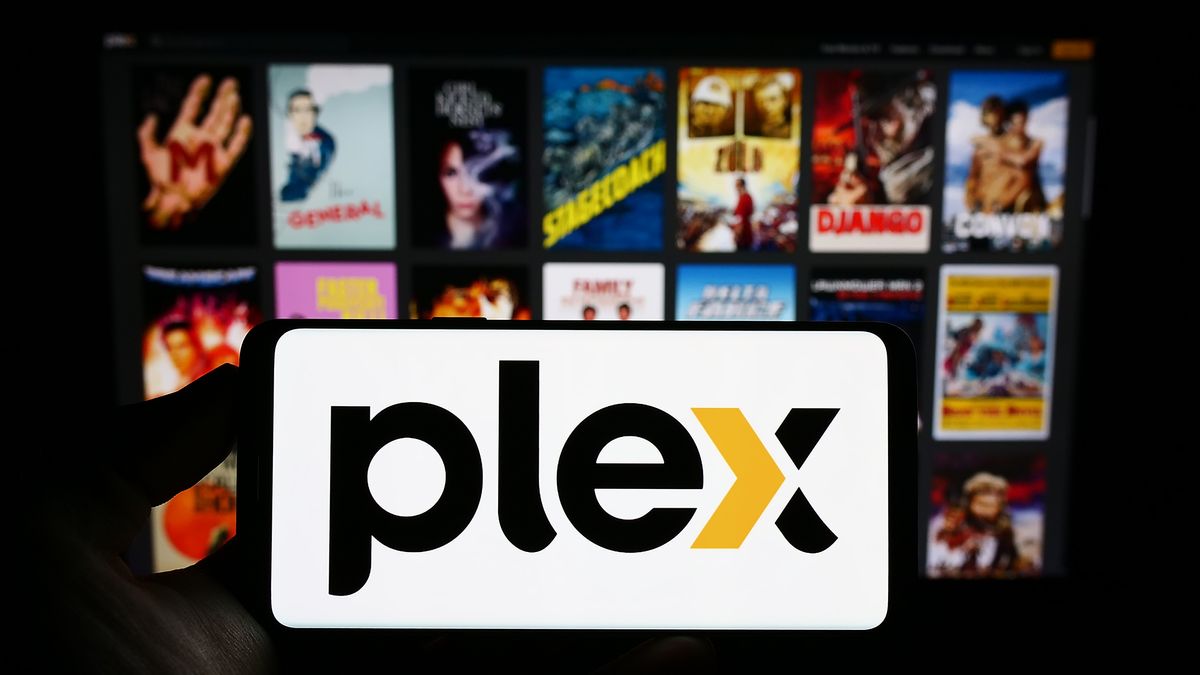
/cdn.vox-cdn.com/uploads/chorus_asset/file/23902769/VRG_Illo__226036_J_Hu.jpg)











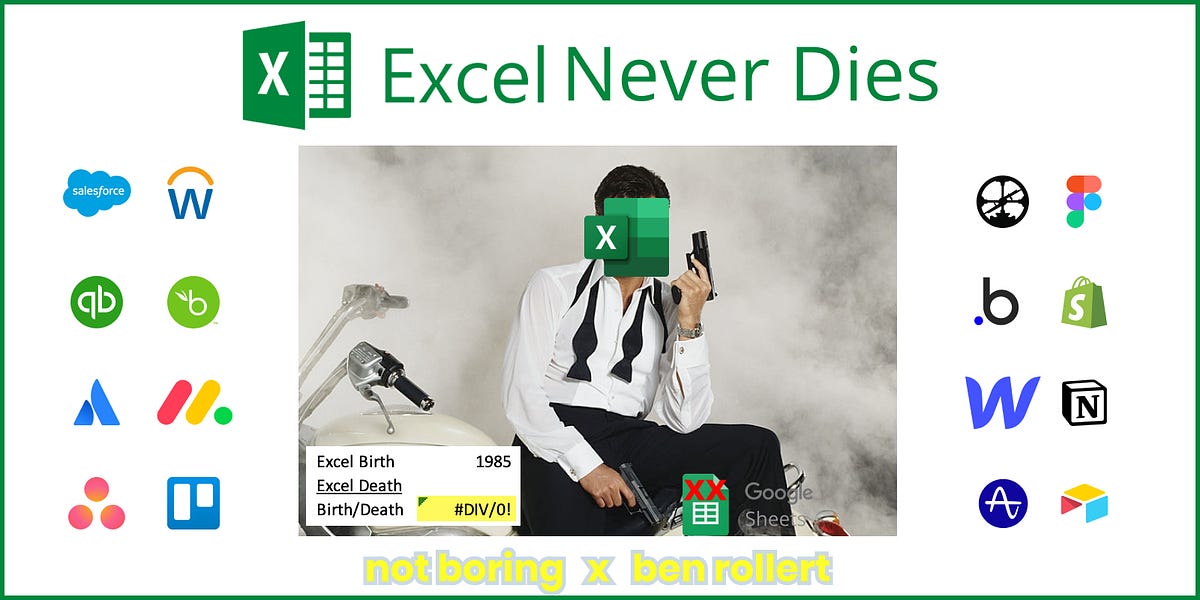

/cdn.vox-cdn.com/uploads/chorus_asset/file/22781388/VRG_ILLO_4687_A_guide_to_platform_fees.jpg)

